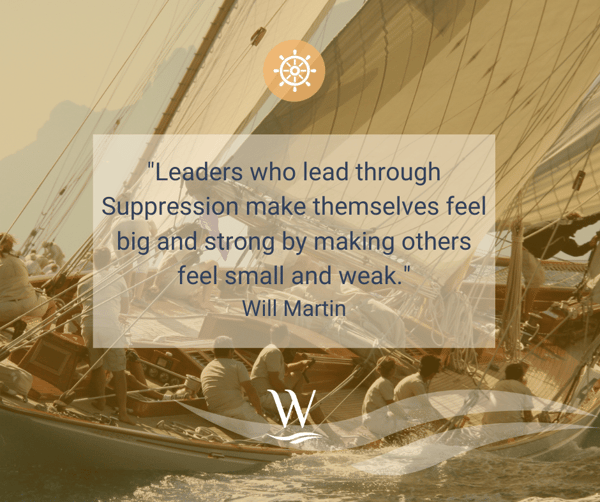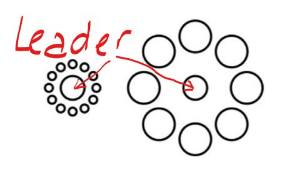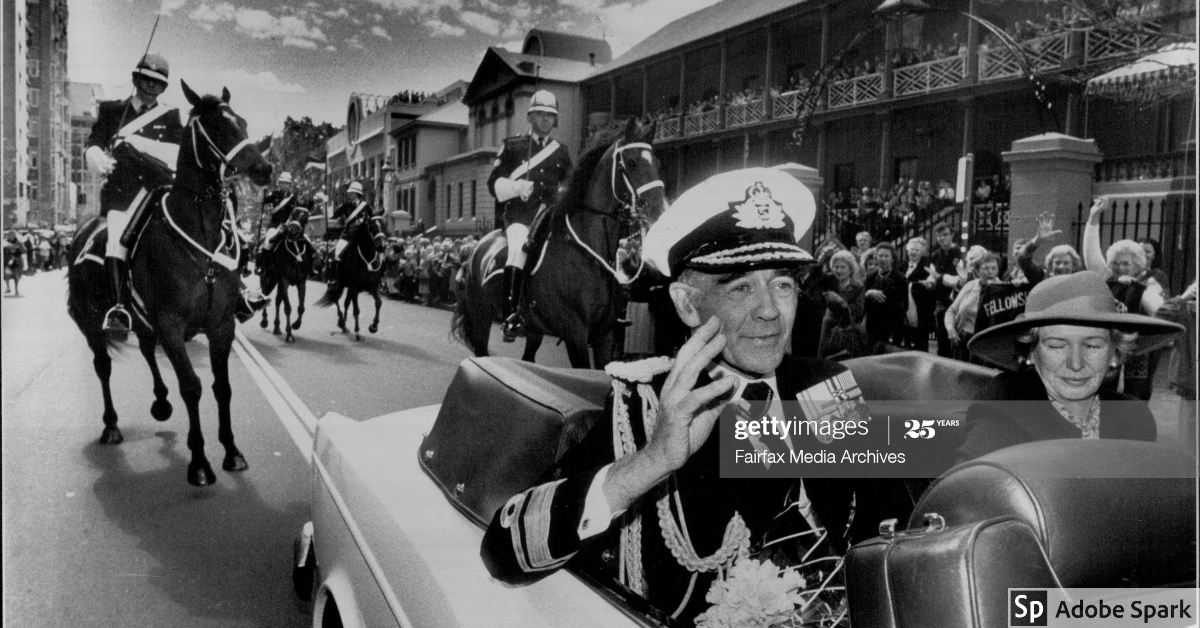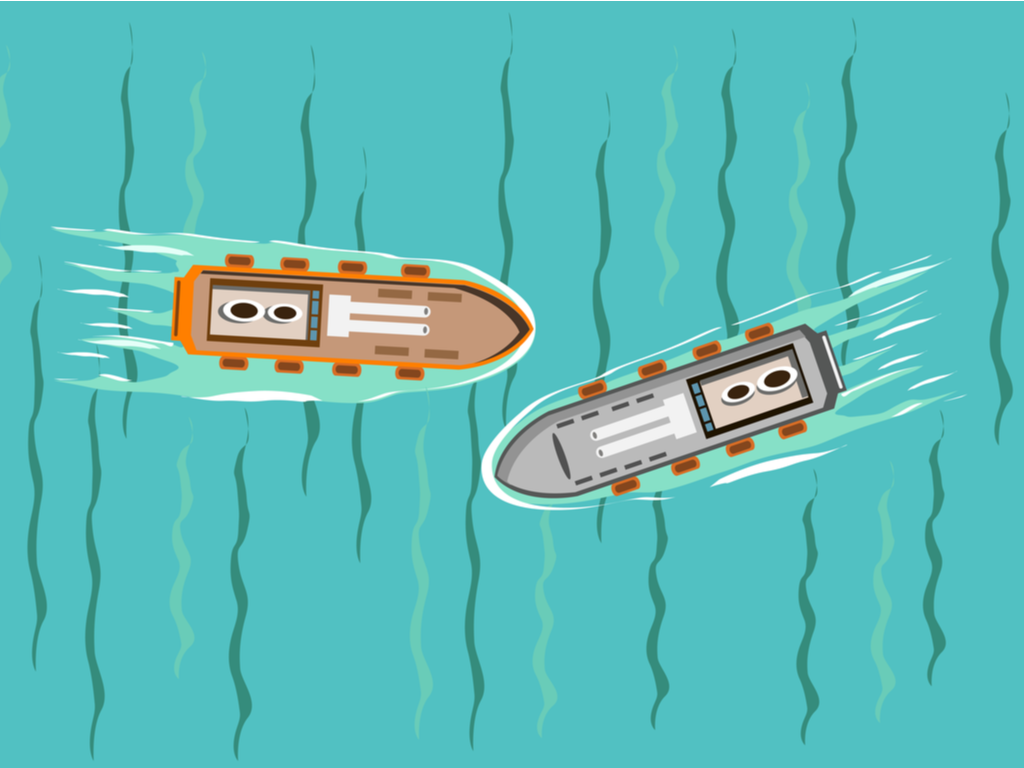When I was a teenager my sisters introduced me to Crosby, Stills & Nash. Nash, the smooth, Welsh ex-Hollies musician was a terrific songwriter and these words from ‘Wounded Bird’ (Songs for Beginners, 1971) always struck a chord:
“Grow a little taller even though your age defies, feel a little smaller and in stature you will rise.”
There often exists more than one way for something or someone to “grow a little taller” – to feel bigger and better. A tree in a forest will seem big if all other trees are smaller but in a forest of Canadian Redwoods that same tree becomes insignificant. A ten your old will tell you that it is just a matter of relative size. How then does this relate to leadership?
Some leaders face this “grow a little taller” challenge every day and can choose how they would like to feel bigger. They have two choices. Shall I, in a genuine mix of humility and generosity be a bigger person – in service of my people? Or shall I, in a manipulative mix of arrogance and selfishness make everyone else feel smaller – suppressing my people?

Some years back I was a young and recently appointed Navigation officer in a warship preparing for a long day on Sydney Harbour during which we’d complete some magnetic testing of the ship. This is a regular and necessary gig that helps the Navy know details of a ship's magnetic signature - handy in the event we ever have to operate near a minefield. My Captain had been in this ship for over 18 months and seemed very comfortable although we hadn’t spent much time together or established any trust to speak of. The magnetic testing takes place in a very restricted bit of water in the east side of the harbour and requires a ship to travel up and down, over an array of sensors secured to the harbour floor. As the ‘Nav’ it was my job to keep the ship safe, con it (give the wheel and engine orders) and maintain position over the sensor array.
Such was the limited amount of available water the Navy assigned us a tug to assist, as and when we required. At 0800 we kicked off and I was heading south down the range for the first time. I was very anxious and nervous but all went well and the range officer, sitting in a hut ashore, indicated by radio that we could start to turn the ship to prepare for the first northern run. After giving some initial orders for the engine and helm (half-astern port – engine ahead 8 knots – port 30), I started talking to the tug by radio “tug, this is warship XX, request you now come in and push on my port bow…” That was about as far as I got before Captain Cantankerous barked “what are you doing navigator?” I responded, “I’m calling the tug in Sir, I think it’s prudent to ask him to help with the turn”. His next words set him apart from most leaders and, I believe, place him firmly in the Suppressive Leader category. “Well you may not know how to drive this ship but I’ve been doing it for years. If you use the tug, you’ll make me look like a f**king idiot. Just get on with it and don’t use the tug.”
He was overly concerned about how it would look to others, if he were to display such weak cowardice as to use, to our enormous advantage, a perfectly useful tug skippered by a highly experienced and knowledgeable master.
If you would like to read more about constructive leadership choices and behaviours, you can download our 'Leader in Service' Whitepaper via the link below.






